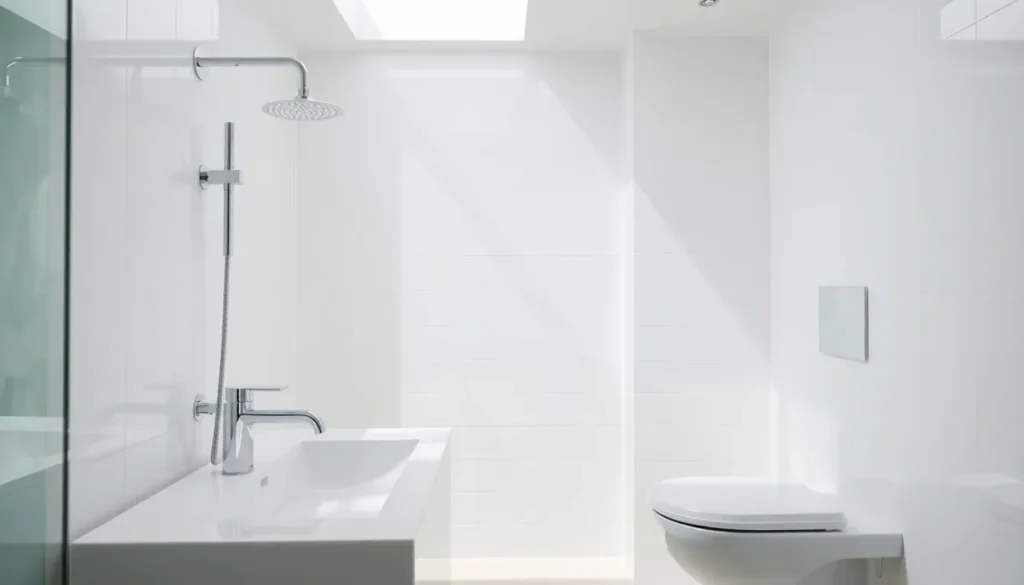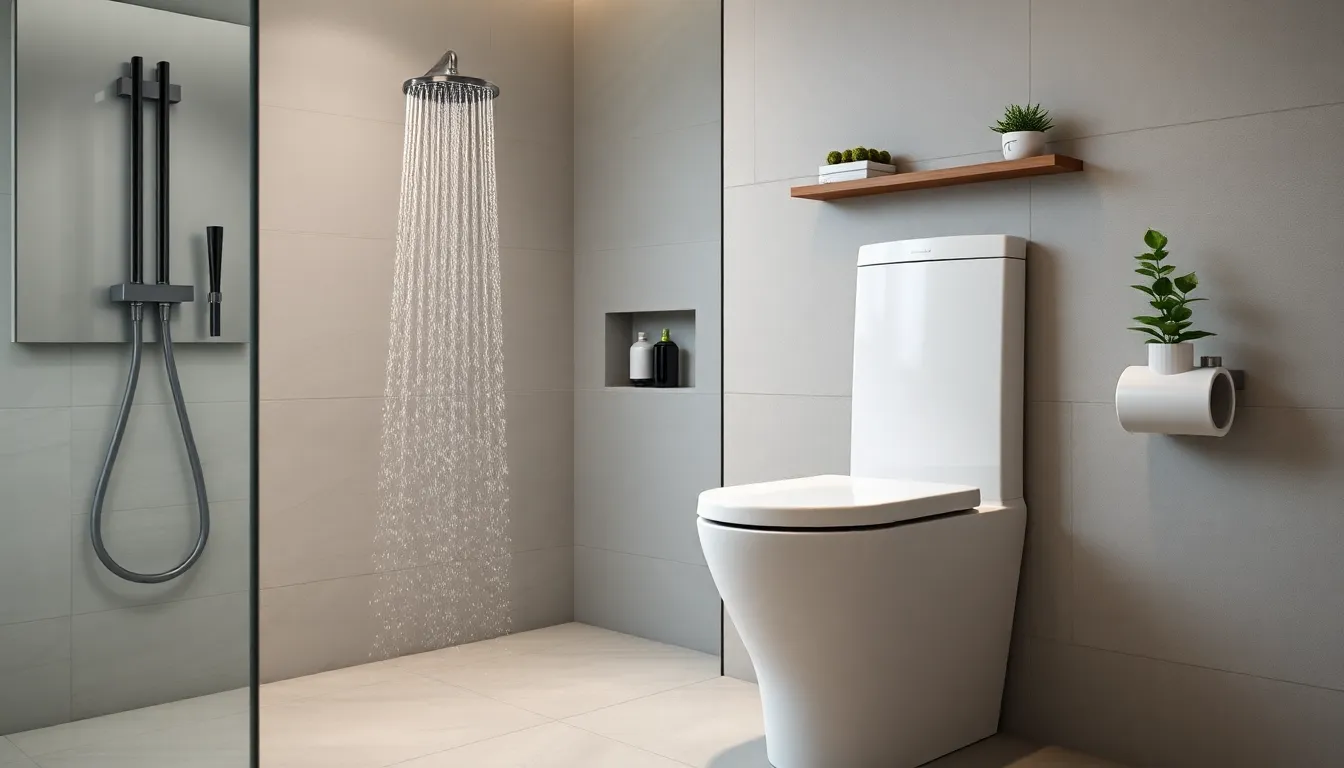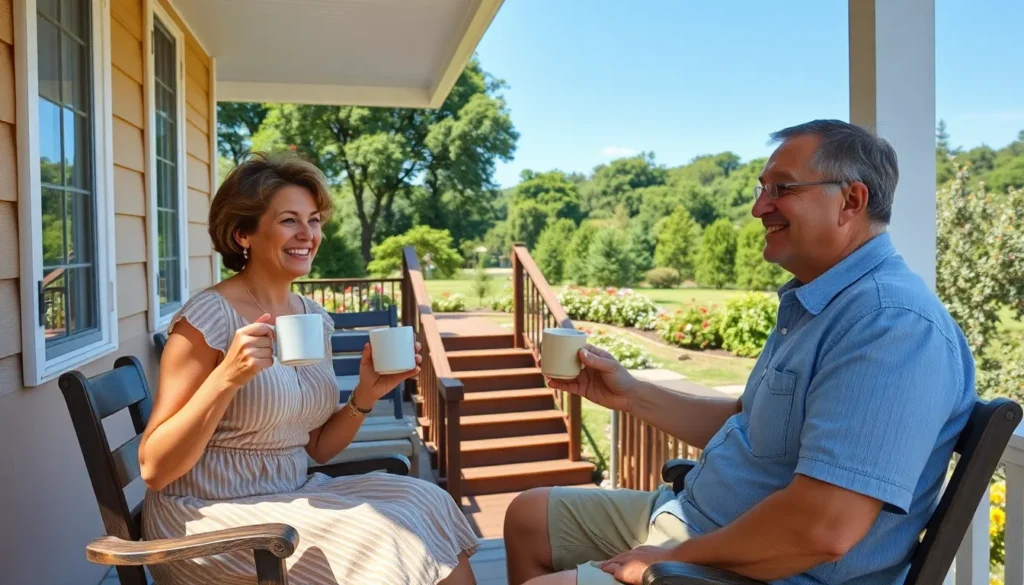In a world where every drop counts, low-flow water fixtures are the unsung heroes of the plumbing realm. They’re like the superheroes of your bathroom and kitchen, swooping in to save the day while slashing water bills and conserving our precious resources. Who knew saving the planet could feel so good—and save you money too?
Table of Contents
ToggleOverview of Low-Flow Water Fixtures
Low-flow water fixtures significantly reduce water consumption in residential and commercial spaces. These fixtures include faucets, showerheads, and toilets specifically designed to use less water without sacrificing performance. With flow rates typically under 1.5 gallons per minute for faucets and showerheads, they deliver quality while conserving precious resources.
Installation of low-flow fixtures yields immediate financial benefits. Homeowners notice reduced water bills after making the switch. For example, replacing a standard showerhead with a low-flow model can save an average of 2,900 gallons of water per year. Many consumers appreciate the environmental impact, as less water usage contributes to improved sustainability.
Efficiency often drives homeowners to adopt low-flow options. Fixtures that meet WaterSense criteria provide assurance of their performance. A WaterSense label indicates products meet EPA standards, showcasing efficiency and effectiveness in daily use.
Replacing older fixtures can enhance the overall plumbing experience. Newer designs often incorporate advanced technology for improved water efficiency. Performance testing shows that many low-flow models maintain high pressure, ensuring comfortable experiences without excessive water waste.
Targeting specific areas in a home can maximize water savings. Implementing low-flow fixtures in kitchens and bathrooms leads to significant reductions. Small changes collectively impact water large usage, reinforcing conservation efforts across households.
Overall, the selection of low-flow water fixtures promotes sustainability, financial stability, and efficiency. Adopting these fixtures leads to better resource management, appealing to environmentally conscious consumers and those saving on utility costs.
Benefits of Low-Flow Water Fixtures
Low-flow water fixtures provide significant advantages for homeowners and the environment. These fixtures minimize water usage while maintaining effectiveness, making them an essential choice.
Water Conservation
Low-flow water fixtures play a crucial role in conserving water. They typically utilize under 1.5 gallons per minute, drastically reducing waste. By replacing standard showers, households can save up to 2,900 gallons of water annually. Choosing low-flow toilets further enhances conservation efforts as they use less water per flush compared to traditional models. Some fixtures meet WaterSense criteria, ensuring they deliver efficient performance while supporting sustainability goals. Emphasizing these fixtures in kitchens and bathrooms maximizes potential reductions in water consumption.
Cost Savings
Cost savings emerge as a significant benefit of low-flow water fixtures. Reduced water bills accompany lower consumption, helping homeowners conserve money monthly. For instance, replacing an old showerhead with a low-flow model can lead to annual savings on utility costs. These fixtures not only save water but also contribute to lower energy expenses associated with heating water. Homeowners often experience immediate financial relief after installation. Selecting low-flow options represents a wise investment for those seeking to enhance their financial stability while promoting a sustainable lifestyle.
Types of Low-Flow Water Fixtures
Low-flow water fixtures encompass various designs aimed at reducing water usage while maintaining performance. Various types serve distinct purposes in promoting conservation.
Low-Flow Showerheads
Low-flow showerheads significantly reduce water flow without compromising the showering experience. These fixtures typically use 1.5 gallons per minute or less, providing an effective way to conserve water. Many models incorporate advanced aeration technology, mixing air with water to create a satisfying spray. Homeowners can save an average of 2,900 gallons annually by switching from standard showerheads. A wide range of styles exist, allowing consumers to choose designs that match their bathrooms while enjoying enhanced efficiency.
Low-Flow Faucets
Low-flow faucets also contribute to water conservation efforts in kitchens and bathrooms. These fixtures commonly use 1.0 to 1.5 gallons per minute, featuring flow restrictors to minimize water usage. Many faucet designs are now aesthetically pleasing, with options available to fit various decor styles. Selecting low-flow faucets not only reduces water consumption but also cuts down on energy bills associated with heating water. A significant number of models meet WaterSense standards, ensuring efficiency without sacrificing performance.
Low-Flow Toilets
Low-flow toilets provide another crucial element in water-saving strategies. Typically designed to use 1.28 gallons per flush, these models consume less water compared to traditional toilets. Dual-flush options offer flexibility, allowing users to choose between light and full flushes based on their needs. Modern low-flow toilets often feature advanced flushing technology, enhancing effectiveness in waste removal. By replacing older toilets with low-flow models, households can reduce water consumption dramatically, leading to substantial savings on water bills.
Installation Considerations
Low-flow water fixtures require thoughtful installation to maximize efficiency and performance. Homeowners often face choices regarding professional assistance or handling installation on their own.
Professional vs. DIY Installation
Opting for professional installation often guarantees proper fitting and functionality. Experts understand plumbing systems and can address potential challenges. Many homeowners choose to install fixtures themselves, which can save on labor costs. However, DIY installation necessitates a thorough understanding of the plumbing system. Homeowners should evaluate their skill level and consider local plumbing codes before proceeding. Installing fixtures incorrectly may lead to leaks, which can cause further issues and expenses.
Compatibility with Existing Plumbing
Low-flow fixtures must fit seamlessly with existing plumbing systems. Showerheads and faucets usually connect directly to standard plumbing fittings, simplifying the transition. Homeowners need to verify that new fixtures match pipe sizes and thread types. Toilets may require adjustments to supply lines or flanges for optimal performance. Ensuring compatibility can prevent complications during installation. A little research or consultation with a professional can clarify potential issues before installation takes place.
Conclusion
Investing in low-flow water fixtures is a smart choice for homeowners looking to save water and reduce utility bills. These fixtures not only enhance the plumbing experience but also contribute to environmental sustainability. By selecting models that meet WaterSense criteria, consumers can trust in their efficiency and performance.
With the potential for significant water savings and immediate financial benefits, transitioning to low-flow options is a step towards a more sustainable lifestyle. Thoughtful installation ensures that homeowners maximize the advantages of these fixtures, making them a valuable addition to any home. Embracing low-flow technology is a proactive way to support conservation efforts while enjoying the benefits of reduced costs and improved water efficiency.










